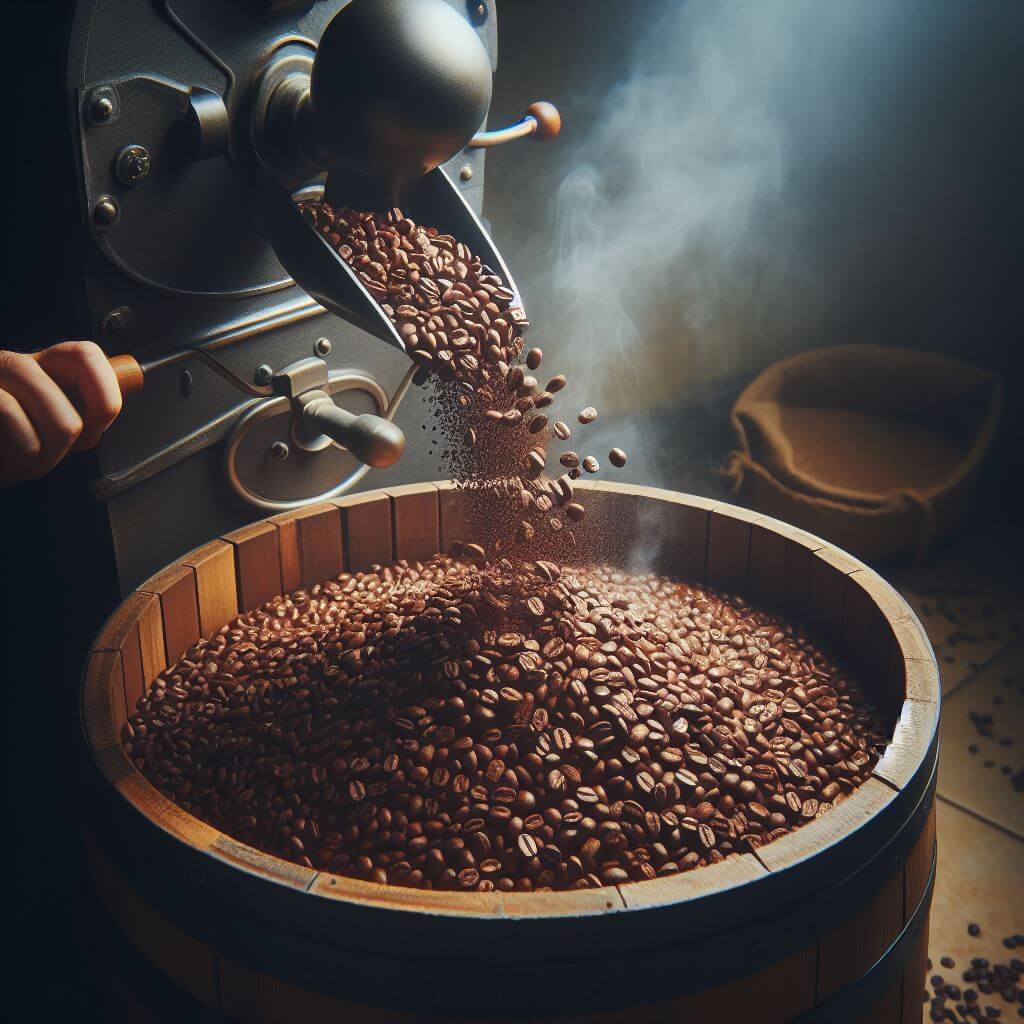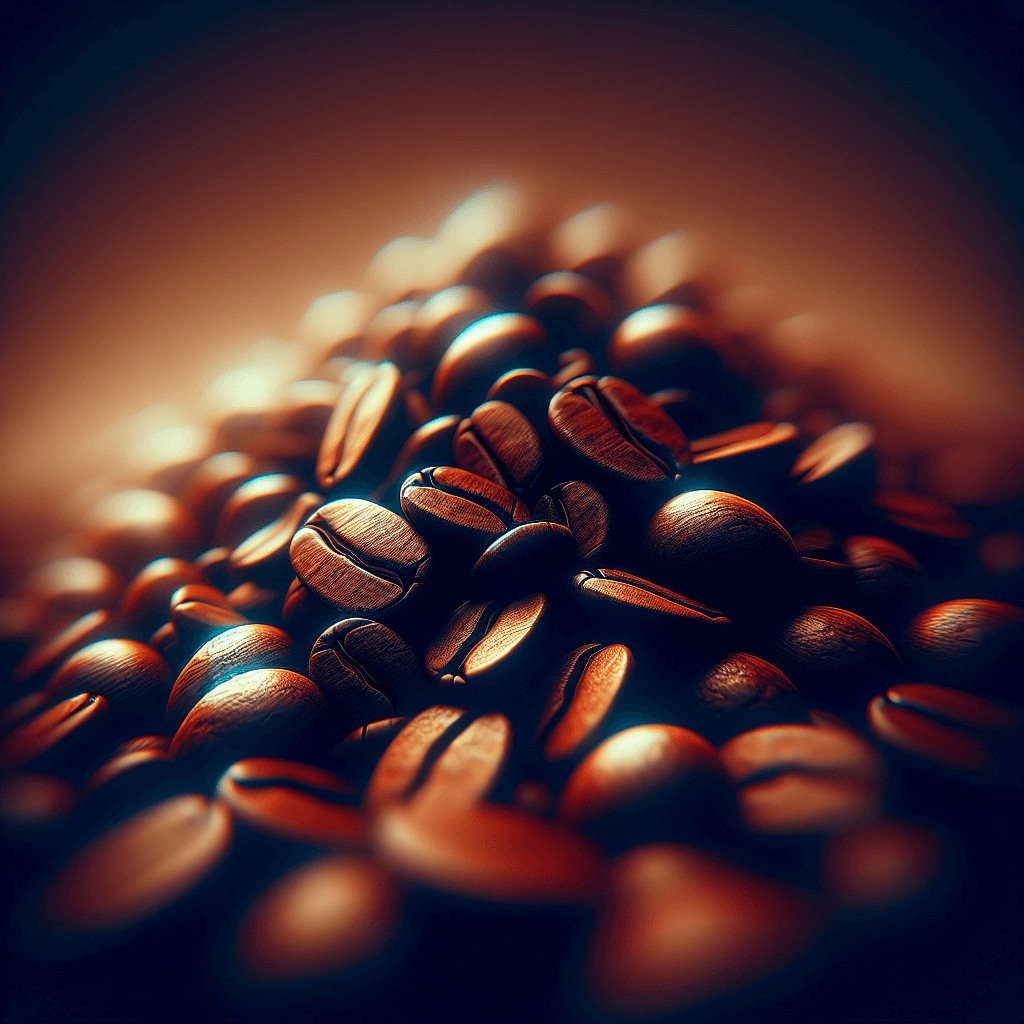
Coffee, the world’s favorite drink, owes its taste, aroma, and character to a complex process that begins with a simple coffee cherry and ends with the roasted beans that we grind for daily brewing. The transformation of the cherry into the coffee bean is an integral part of the coffee’s flavor profile, and it depends largely on the method of processing the coffee beans. There are three main methods of processing coffee beans: washed, natural, and honey. Each of these methods has a unique effect on the final taste of the coffee.
Washing Process
Delving into the washed or wet process reveals a thorough and water-intensive method that begins immediately after the coffee cherries are harvested. The initial step of soaking the cherries in water serves not only to separate the less desirable cherries but also to prepare the remaining good cherries for the next critical step of pulping. The use of water at this initial stage is ingenious; it is both a natural selector and a gentle preparation for the difficult task of removing the outer layer of cherries.
After the pulp is removed from the cherries, the open beans, still covered in sticky mucilage, are transferred to the fermentation tanks. Depending on the ambient temperature and the desired taste result, fermentation can last from 12 to 48 hours. This controlled fermentation is key; it’s a delicate balance as the mucilage breaks down, a process that growers must carefully control to prevent over-fermentation that can impart undesirable flavors to the beans.
After fermentation, the beans must be thoroughly washed. The beans are washed with plenty of clean water to completely remove any remaining mucilage, followed by a soaking stage that may last several additional hours. This intensive washing is crucial because it stops the fermentation process and prepares the beans for drying, the final stage of the washing process.
Drying can be done either in the sun in large patios, where the beans are spread out and regularly turned to ensure even drying, or in mechanical dryers, which can be more consistent and faster, but require significant amounts of energy. This drying stage is just as important as fermentation and requires close attention to avoid over-drying, which can lead to brittleness and potential loss of flavor, or under-drying, which can cause the beans to mold.
The washing process, thanks to the intensive stages of washing, fermentation, and drying, gives the coffee beans an extremely clean and uniform taste. This method removes a significant part of the effect of the fruit on the grain, allowing to highlight such inherent qualities of coffee as acidity and clarity of taste.
Natural Process
The natural, or dry process stands out for its simplicity and minimal intervention, but requires patience and careful maintenance for perfect execution. After harvesting, whole coffee cherries are spread out in a thin layer under the sun to dry, usually on beds or concrete patios. This method is highly environment-dependent; The right amount of sunlight, optimal humidity, and constant air flow are critical to its success. It’s a slow, natural process that lasts two to four weeks, during which the cherries must be regularly turned several times a day to ensure even drying and prevent unnatural mold or fermentation.
The essence of the natural process is the long-term contact of coffee beans with the fruit during drying. Unlike the washing process, which quickly separates the beans from the pulp and mucilage of the cherry, the natural process allows the beans to ferment in the intact cherry. This fermentation is not controlled in tanks, but occurs organically within the drying of the fruit, resulting in the coffee bean being imbued with the natural sugars and aromas of its husk. This method produces a rich, full-bodied coffee with a complex fruit and wine flavor that contrasts sharply with the crispness of washed coffee. The flavor profile varies from sweet berry to spicy-hot, depending on the type of coffee and the characteristics of the drying process.
The dependence of this method on natural conditions also introduces a high degree of variability. The risk of uneven drying and over-fermentation is constant, requiring constant vigilance from producers. Cherries must be carefully sorted both before and after drying to ensure that only the best seeds are prepared for roasting.
Given these variables, the quality of naturally processed coffee can vary greatly, but if done right, the results are extraordinary. Coffee produced by this method is valued for its depth of flavor and complexity. The natural process brings out the inherent notes of the beans, adding distinctive fruity forward and sweet characteristics that make every sip a rich sensory experience. This method’s ability to enhance the natural sweetness and texture of coffee makes it particularly popular with specialty coffee drinkers looking for a unique and flavorful cup.
The approach to minimal intervention in the natural process also speaks to a broader trend towards sustainability in coffee production. Requiring less water than the rinse method and allowing the pulp and skin of the cherry to remain in the beans, it offers an environmentally friendly alternative that uses natural elements to produce coffee of exceptional quality and character.
The Honey Process
After the coffee cherries are harvested, they undergo a crucial de-pulping phase where the outer skin is removed, but unlike the washed process, not all the mucilage—the sweet, sticky layer beneath the skin—is washed away. The degree to which this mucilage is left on the bean varies, giving rise to different categories within the honey process itself, namely white, yellow, red, and black honey, each denoting the amount of mucilage left and the corresponding drying time and intensity.
The beans, coated with this sticky layer, are then laid out to dry, typically on raised beds that allow for air circulation around each bean. This drying phase is critical; the residual mucilage ferments around the bean, imparting unique flavor notes. The length of drying time, which can range from a few days up to several weeks, along with the amount of sunlight and care in turning the beans to ensure even drying, significantly influences the flavor profile. A delicate balance must be struck during this phase to prevent over-fermentation and spoilage, necessitating constant vigilance and experience on the part of the producer.
This method’s namesake, the “honey” moniker, is derived not only from the sticky nature of the mucilage but also from the sweet, nuanced flavors that this process imparts to the coffee. Depending on the specific honey process used (white, yellow, red, or black), the coffee can exhibit a wide range of flavors, from mild and sweet with subtle fruit notes to more complex and intense profiles with hints of chocolate or wine.
The honey process occupies a unique position from an environmental standpoint. While it uses less water than the fully washed method, it requires more intervention and attention during the drying phase than the natural process, making it a labor-intensive method. However, by fine-tuning the balance between the remaining mucilage and the drying conditions, producers can create coffees with a remarkable depth of flavor while also conserving water, aligning with the growing consumer demand for more sustainable and eco-friendly coffee production practices.
The nuanced and labor-intensive nature of the honey process demands a high level of skill and expertise from coffee producers. The beans must be monitored closely throughout the drying phase to ensure the desired outcome, with adjustments made as needed based on weather conditions and the beans’ drying rate.

